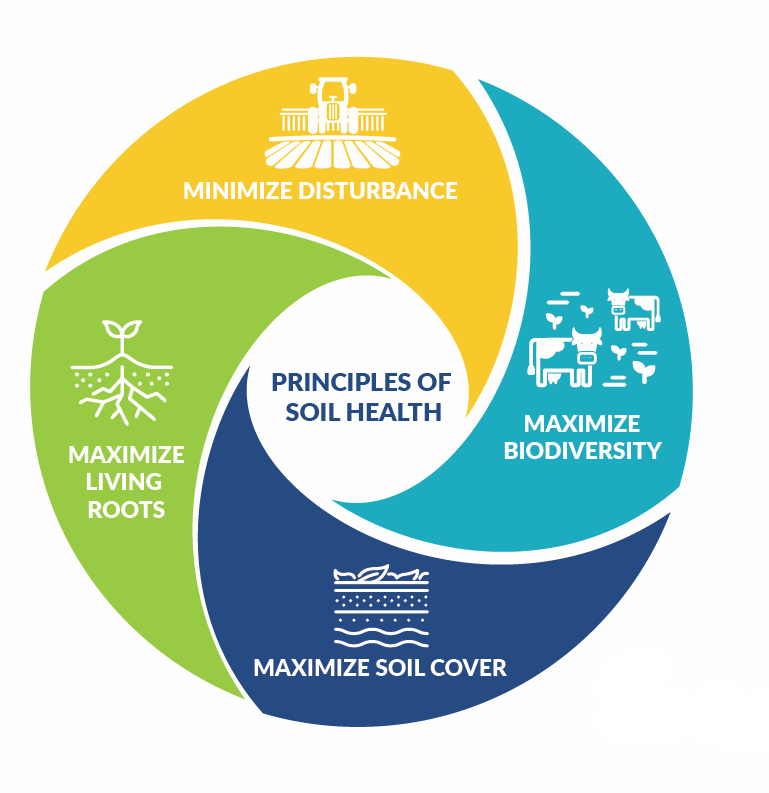Conservation Planning & Healthy Soils

Are you interested in developing a Conservation Plan for your farm?
Sloughhouse RCD was awarded funds through the Conservation Agriculture Planning Grant Program (CAPGP) which will fund the development of various types of agricultural conservation plans. The funded plans will promote conservation efforts which will help to mitigate greenhouse gas (GHG) emissions, adapt to climate change impacts, and promote environmental and agricultural sustainability for local landowners, ranchers and farmers. Farms must be in Sacramento County or Tuolumne County (we have partnered with the Tuolumne RCD to fund a handful of plans in that county).
PARTICIPATE BEFORE ITS TOO LATE - THIS GRANT PROGRAM WILL BE ENDING IN 2026
The following plans are open for Sacramento County Producers.
o (1) Irrigation Water Management Plan - Sacramento County
o (2) Carbon Farm Plans - Sacramento County
Please use the form below to indicate which Conservation Planning Activity you would be interested in.
Sloughhouse RCD Conservation Planning Opportunities
___________________________________________________________________________________________________________________________
The Importance of Healthy Soils

Healthy soils are one of our most valuable resources providing us with fertile lands for growing crops, grazing, diverse wildlife and stunning landscapes as well as clean air and water. It is also an incredibly important tool for drastically reducing CO2 emissions and building climate resilence in local ecosystems. According to the USDA, there are five essential functions of healthy soils:
- Regulating water – Soil helps control where rain, snowmelt, and irrigation water goes. Water flows over the land or into and through the soil.
- Sustaining plant and animal life – The diversity and productivity of living things depends on soil.
- Filtering and buffering potential pollutants – The minerals and microbes in soil are responsible for filtering, buffering, degrading, immobilizing, and detoxifying organic and inorganic materials, including industrial and municipal by-products and atmospheric deposits.
- Cycling nutrients – Carbon, nitrogen, phosphorus, and many other nutrients are stored, transformed, and cycled in the soil.
- Providing physical stability and support – Soil structure provides a medium for plant roots. Soils also provide support for human structures and protection for archeological treasures.


